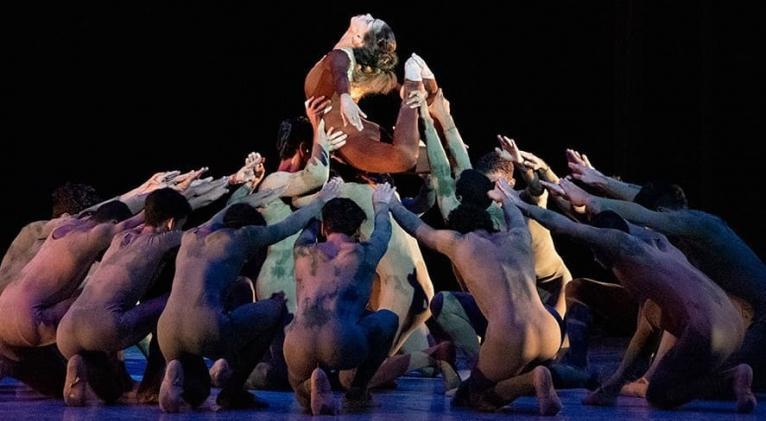The National Ballet in its 75: The Cuban Classics
especiales

To many, the Cuban National Ballet (CNB) is one of the upholders of the great nineteenth-century dance. And certainly, the most famous plays of tradition have found happy scenic performances in the active repertoire of the company founded by Alicia, Alberto, and Fernando Alonso.
In fact, Alicia Alonso, in addition to being one of the greatest dancers of the last century, went down in history as a reference artist. Her versions of the most representative works of the universal heritage went up on the most famous stages in the world, especially Giselle, the great jewel of the romantic ballet.
But in addition to this labor of rescue and update, the CNB was beacon of a unique choreographic movement, which opened the doors of the academic ballet to a diverse cultural heritage. And that legacy also influenced the technique and style, to the point that today you can talk about an authentically Cuban ballet.
It’s our classics, those who have extricated from many sources and have crystallized in a unique lyrical body: from Africa to Spain, through the great Greco-Roman mythology, and resting in areas of original fable. It’s the work of the great choreographers of the 20 century in the ballet of Cuba, who made extraordinary contributions to the whole of Cuban dance.
The great celebration of the CNB for its 75 anniversary begins this weekend with a program at the National Theater of Cuba consecrated to essential plays of a historical repertoire that includes hundreds of creations. But among many, those that will go on stage have transcended by their values, also because they built the pillars of a school.
Rara Avis, by Alberto Méndez, released in 1978, approaches once more the myth recreated of the bird woman, in a stylized dialogue between the modern patterns of ballet and music of the most classic lineage.
From Iván Tenorio two pieces will be staged: the Pas de Deux Leda and the Swan, also of 1978, and Rhythmic, of 1973. The first inspired by the Greek myth of Zeus's metamorphosis to seduce a mortal. Rhythmic, with music of maestro Amadeo Roldán, it’s a thriving counterpoint between the academic technique and elements of the popular dances. Africa shows its features here.
Gustavo Herrera premiered in 1984 a beautiful and suggestive ballet, which since then has not stopped integrating the active repertoire: Dionaea, choreographic fantasy from a carnivorous plant that devours insects. Just to give the audience some pointers in addition to the lush designs, the music of the Brazilian Heitor Villa-Lobos, which takes us to the thickness of jungles. Herrera will also present Alfonsina, inspired by the life and work of the Argentine poet Alfonsina Storni.
And to please the most virtuous ballet lovers, two pyrotechnics creations: Majisimo (1965), by Jorge García, an amusement that honors the tradition of Hispanic dances; and the demanding Pas de Deux of Cinderella (1996), by Pedro Consuegra, which includes the thirty-two compulsory fouettes, collective catharsis of many ballet lovers.
This is the first of three programs that will assume on stage iconic plays of the Cuban National Ballet. It’s, in short, a tribute to essential artists of the company. Shows are scheduled for Fridays and Saturdays, at 8:30 p.m., and Sundays, at 5:00 p.m. Tickets are on sale at the theater box, which opens from Tuesday to Saturday at 1:00 p.m., and Sunday at 10:00 a.m.
Translated by Amilkal Labañino / CubaSí Translation Staff














Add new comment